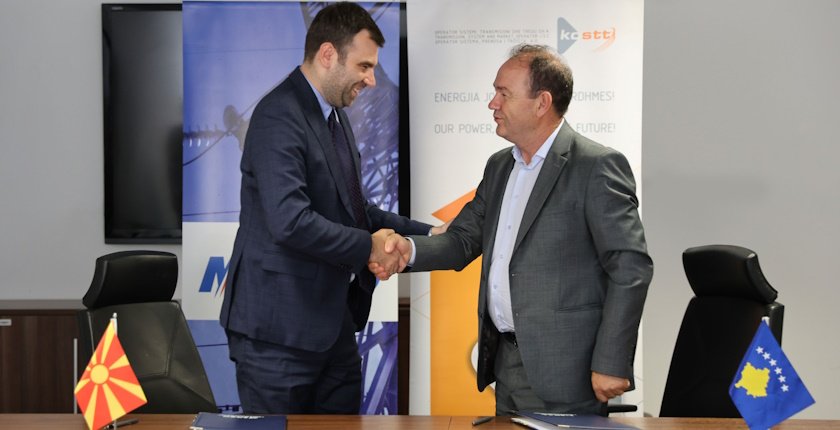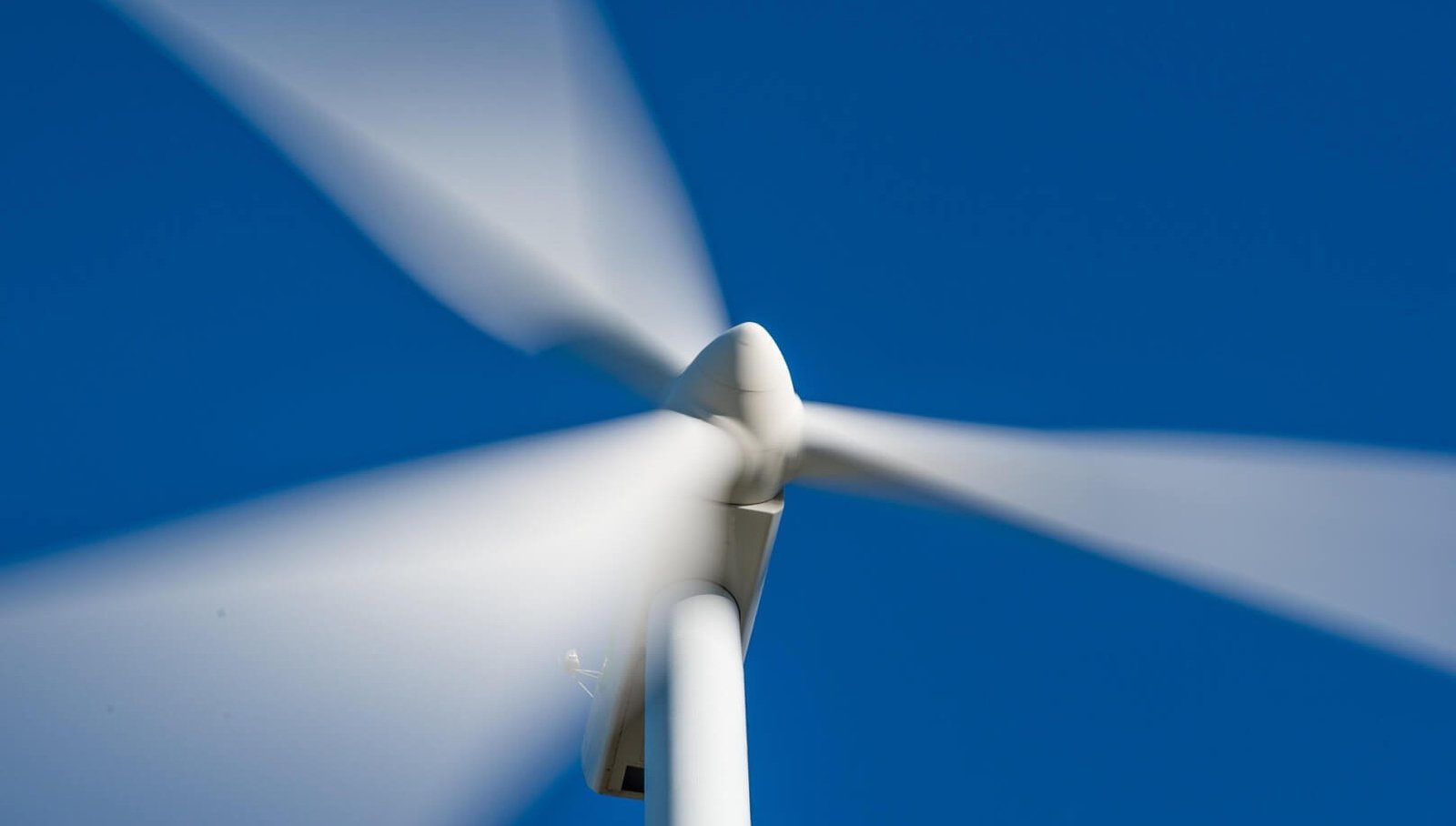In April 2025, a blackout left Spain and Portugal without power for nearly 24 hours, resulting from a voltage surge caused by fluctuations in renewable energy sources. This incident underscored critical vulnerabilities in Europe’s energy grid, revealing the risks associated with the rapid transition to intermittent renewables amid aging infrastructure. While the blackout primarily impacted the Iberian Peninsula, the lessons learned are applicable globally.
The blackout commenced with a voltage oscillation in a grid heavily reliant on solar energy, where renewable sources accounted for approximately 70% of Spain’s electricity. Traditional energy sources like coal and gas provide inertia, which acts as a stabilizing force during sudden fluctuations. In contrast, inverter-based renewable technologies lack this inertia, leading to severe consequences from even minor disturbances.
Countries like the Czech Republic are also at risk, relying on outdated infrastructure and facing challenges in integrating renewable energy. With more than 30% of Europe’s grid infrastructure over 40 years old and only 3.4% of Spain’s grid interconnected with France, these vulnerabilities were exacerbated during the crisis. Insufficient energy storage solutions compound the problem, leaving grids exposed to extreme weather, cyber threats, and abrupt changes in supply and demand.
To mitigate such risks, investment must target two essential areas: grid stabilization technologies and energy storage systems.
**Grid Stabilization Technologies** Advanced inverter technologies are key to enhancing grid stability. Next-generation grid-forming inverters, developed by companies like ABB and Schneider Electric, can replicate the inertia typically provided by fossil fuel power plants. These inverters are already in use in Germany’s offshore wind farms. Additionally, artificial intelligence (AI) plays a vital role in grid management. For instance, Iberdrola employs machine learning to forecast outages and optimize energy distribution, while Siemens Energy integrates AI into hybrid systems that combine renewable sources with thermal backup.
**Energy Storage Solutions** Energy storage is critical for maintaining grid resilience. Currently, lithium-ion batteries, particularly from Tesla, represent the most scalable energy storage option. Tesla’s Megapack systems offered essential backup during Australia’s 2023 heatwave, demonstrating their effectiveness. Pumped hydro storage remains a viable long-term solution, though it requires specific geographic conditions, as seen in Vattenfall’s projects in Sweden. Emerging technologies like flow batteries from Form Energy and compressed air energy storage (CAES) show promise for cost reduction and scalability. Investors should also monitor utility-scale storage firms such as NextEra Energy, which is expanding its battery initiatives across the United States.
**Investment Opportunities** The European Commission estimates that €584 billion is needed for grid modernization by 2030 to achieve climate targets. This demand is further amplified by the U.S. Inflation Reduction Act and various energy transition initiatives in Asia. – **Short-Term Investments:** – Advanced Inverters: ABB, Siemens Energy, and Enphase Energy (a leader in residential inverters). – Battery Manufacturers: Tesla, LG Energy Solution, and Northvolt. – **Long-Term Trends:** – Grid Software: Companies like Grid Dynamics and Power Analytics that utilize AI for optimizing grid performance. – Storage Infrastructure: NextEra Energy, Brookfield Renewable, and Ørsted, which are scaling hybrid energy projects.
**The Climate Challenge** The urgency for action is clear. Extreme weather events, including heatwaves, hurricanes, and wildfires, stress energy grids designed for outdated demands. For example, the Czech Republic faces summer peak loads that exceed its grid’s capacity. Without timely modernization, the risk of cascading failures, economic disruptions, and stranded assets increases.
The blackout in Spain serves as a critical alert. Investors who direct funding toward grid stabilization and energy storage technologies can position themselves advantageously in the energy transition. The alternatives—widespread blackouts, underutilized renewable resources, and geopolitical instability—are consequences that must be avoided. Immediate investment in grid resilience is essential to prepare for future challenges.




